Maximizing Value in Environmental Projects: Understanding the Geosynthetic Clay Liner Price
Explore the benefits of geosynthetic clay liner price for durable and cost-effective containment in environmental projects.
Tel: +86-411-39569550 | E-mail: info@geofantex.com/geofantex@gmail.com
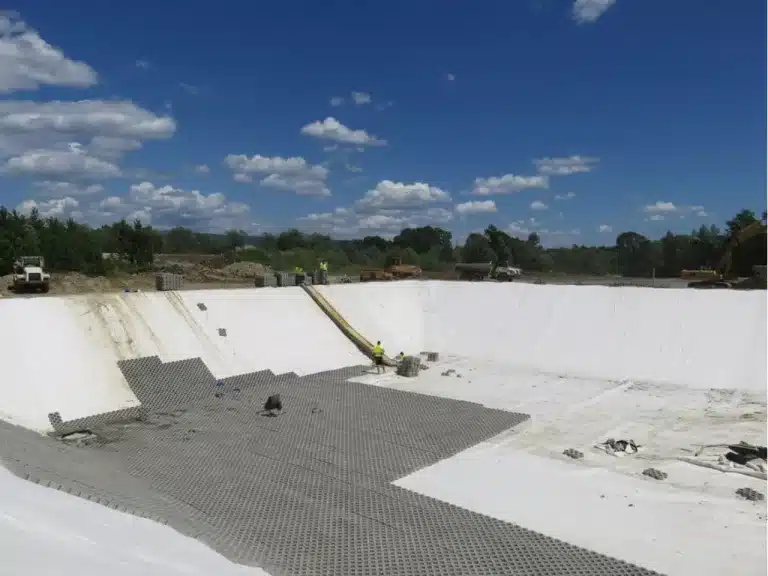
Explore the benefits of geosynthetic clay liner price for durable and cost-effective containment in environmental projects.
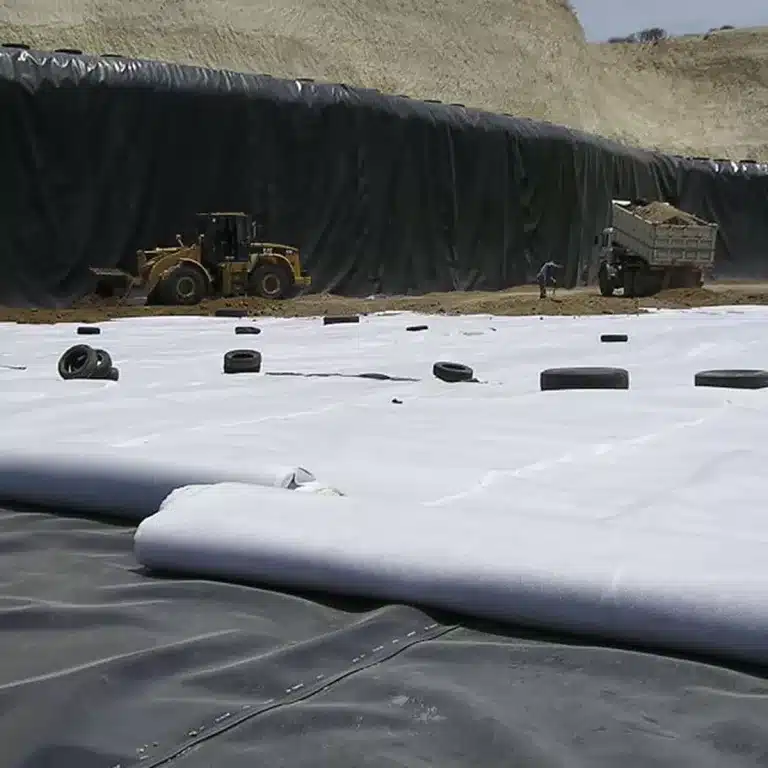
Discover the factors influencing geosynthetic clay liner price. Learn how material quality, thickness, and installation impact .
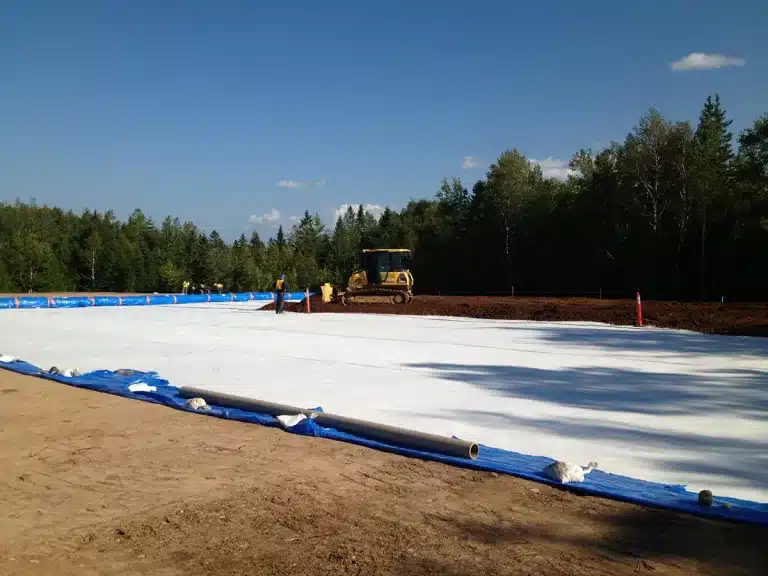
Learn key factors affecting geosynthetic clay liner price to make smart, cost-effective geosynthetics choices.
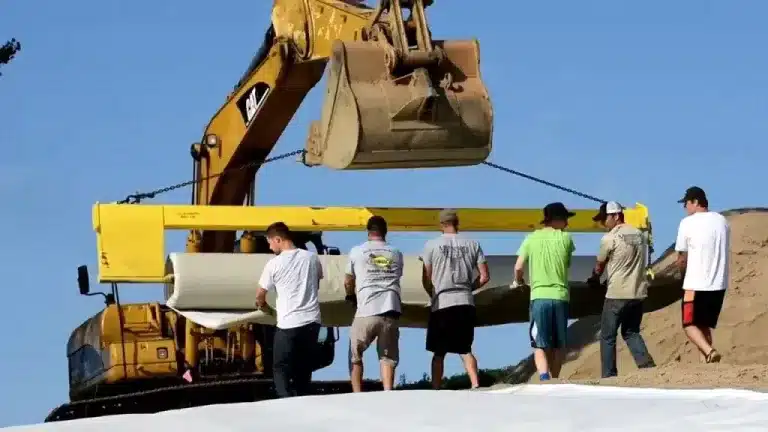
Geosynthetics play a crucial role in modern construction and civil engineering, providing solutions for soil stabilization, erosion control, and infrastructure support. One important aspect of geosynthetics is their ability to withstand aerial strain, which refers to the stress or strain they experience when subjected to forces such as pulling or stretching. This article explores the concept of geosynthetic aerial strain, its implications in construction, and answers common questions related to geosynthetics, including their pull-out resistance, differences from geotextiles, and their applications in construction.
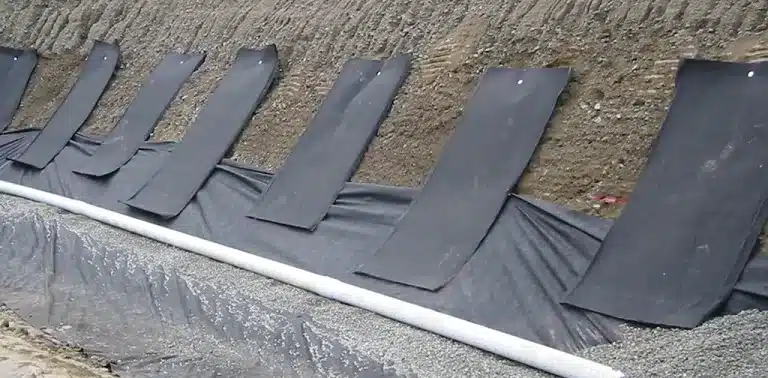
Geosynthetics play a critical role in modern waste containment systems, particularly in landfills, where they help protect the environment from contamination. These synthetic materials, including geomembranes, geotextiles, and geogrids, are designed to provide barriers, filtration, and reinforcement, ensuring that waste is safely contained and does not pollute surrounding soil and water. This article delves into the various uses and functions of geosynthetics in waste containment, answering key questions about their applications and importance.

Geosynthetic retaining walls are innovative systems used in modern engineering to provide structural support and soil reinforcement in areas prone to erosion or instability. By integrating geosynthetic materials, these walls offer improved durability, flexibility, and efficiency compared to traditional retaining walls. This article explores what geosynthetic retaining walls are, the materials used in them, examples of geosynthetics, and their role in soil reinforcement.
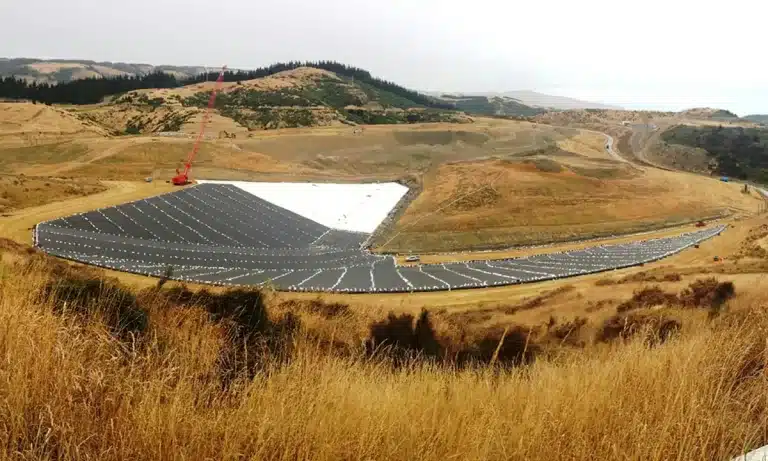
Soil stabilization is a critical aspect of modern construction, particularly in infrastructure projects like roads, embankments, and foundations. One of the most effective methods for stabilizing soil is the use of geosynthetics. These synthetic materials, including geotextiles, geogrids, geomembranes, and geocells, are designed to reinforce, separate, and filter soils, significantly enhancing their load-bearing capacity and preventing issues like erosion and settlement. This article explores the use of geosynthetics in soil stabilization, focusing on their various applications and benefits.
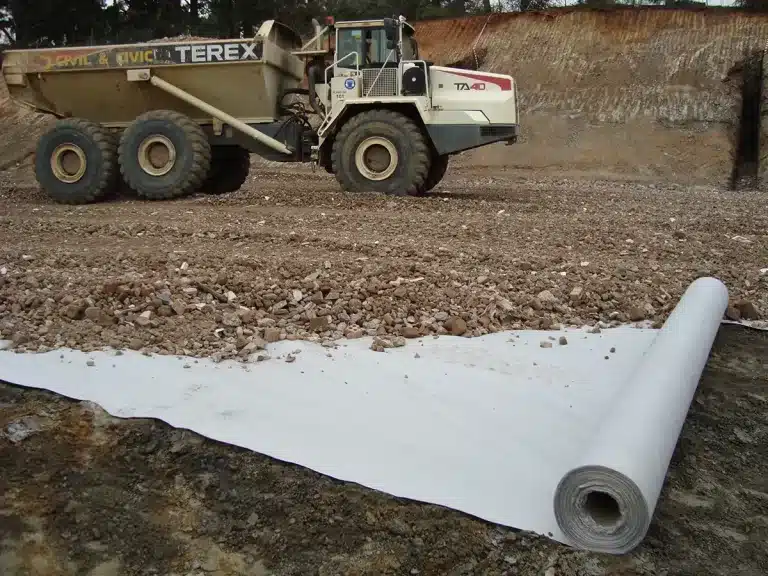
Geosynthetic stabilized subgrade plays a crucial role in modern construction, particularly in enhancing the durability and performance of infrastructure projects. By utilizing geosynthetics, such as geotextiles and geogrids, engineers can effectively stabilize weak or problematic soils, ensuring that roads, highways, and other structures remain strong and long-lasting. This article explores the concept of geosynthetic stabilized subgrade, discussing its applications, benefits, and the role it plays in slope stabilization.
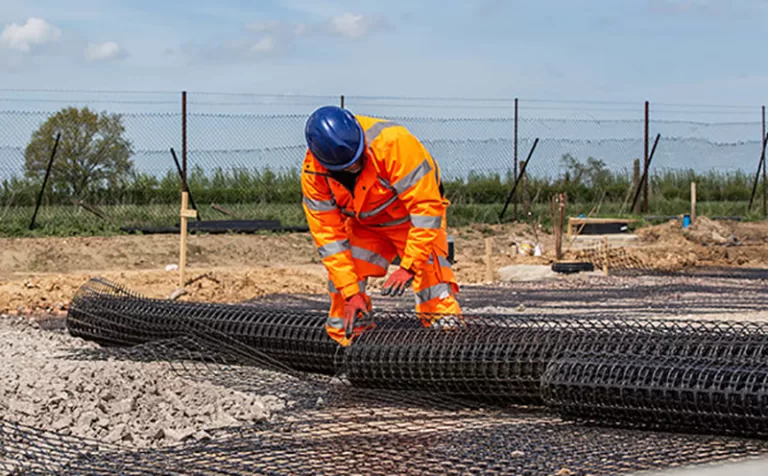
This paper discusses reinforcement geosynthetics, exploring their types, mechanisms of ground improvement methods.

In the ever-evolving field of environmental engineering, the choice between geosynthetic clay liners (GCLs) and geomembranes stands as a critical decision point for projects involving landfill liners, containment solutions, and water management systems. Both materials offer unique benefits and have specific applications where they excel, with geomembranes being impermeable and serving as a barrier to fluid or gas migration. This article delves into the core differences, applications, and considerations between GCLs and geomembranes, providing insights for professionals and enthusiasts alike seeking to understand which solution best fits their environmental engineering needs.
End of content
End of content
WhatsApp us